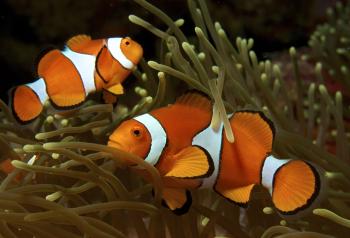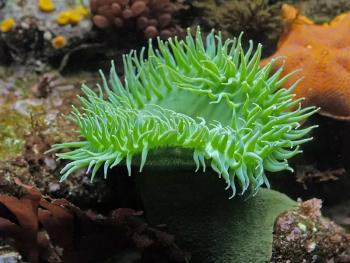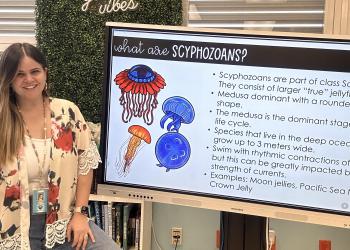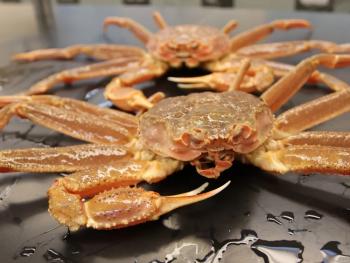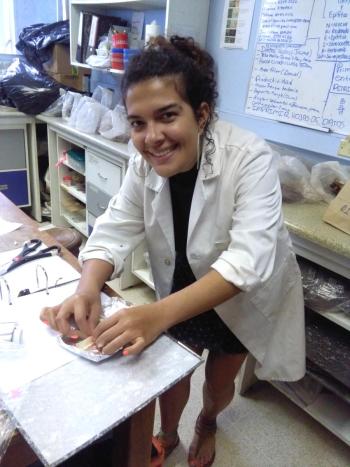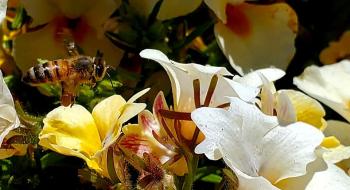
We all know that bees are pollinators. And that their pollinating is essential to ecosystems and the food we eat.
Sadly, wild bees and honeybees have been in decline in recent decades. Parasites, pesticides, pathogens, and the climate crisis are main factors impacting bees today. As the only insect that is responsible for at least one third of our food, we may literally starve from their decline.
Can robot bees help?
Can Bee Pollen Collection be Simulated?
Bees collect pollen all day, every day, to feed to their young with high protein ‘bread’ and to provide royal jelly for the queen. When a bee lands on a flower, electrostatic forces on the bee’s hairs make the pollen stick to their body. That’s static electricity: like when your clothes stick together out of the dryer.
As a bee flies, gas molecules in the air rub against their tiny body hairs, which become positively charged. Their target- flowers, have a slightly negative charge force that causes pollen to stick to the bees hairs.
Amazingly, bees feel whether the flower has already been visited by another pollinator. A honeybee can detect the presence or absence of static electricity. They also have an intense sense of smell. They can smell from miles away. Can a robot do this?
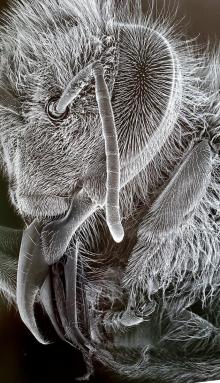
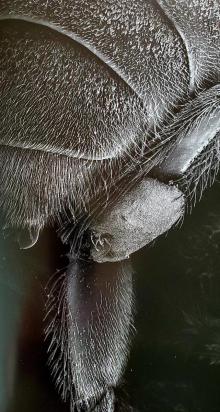
Photo #1: Hair on bee body. Photograph by Rose-Lynn Fisher.
Photo #2 Curved fringing hairs hold the pollen pellet in place during flight. The corbicula is also used for collecting and transferring propolis. Photo by Rose-Lynn Fisher
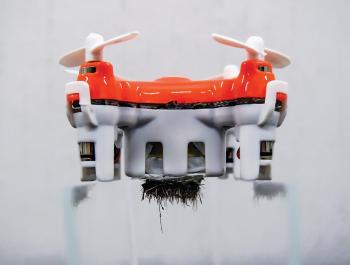
Bee-Mimicry
To try to solve the problem of declining bee populations, people are designing artificial bees to pollinate commercial crops. Robot bees can collect and deliver pollen to plants and trees when needed. There are many versions of robot bees in development. One, designed by Eijiro Miyako, a researcher at Japan's National Institute of Advanced Industrial Science and Technology is a drone “coated with a patch of horse hair bristles and an ionic liquid gel” to mimic a bee’s sticky hairs and create static electricity.
An army of robot pollinators is not the answer of course; many unknowns remain. It makes much more sense for us to protect all of our natural pollinators than to develop simulators that act as bees.
Read about a project that uses artificial intelligence to monitor bee hives worldwide.
Some farmers are using alternatives to honeybees, like Blue Orchard Bees, to pollinate their fruit trees.
Check out the power of pollen.
